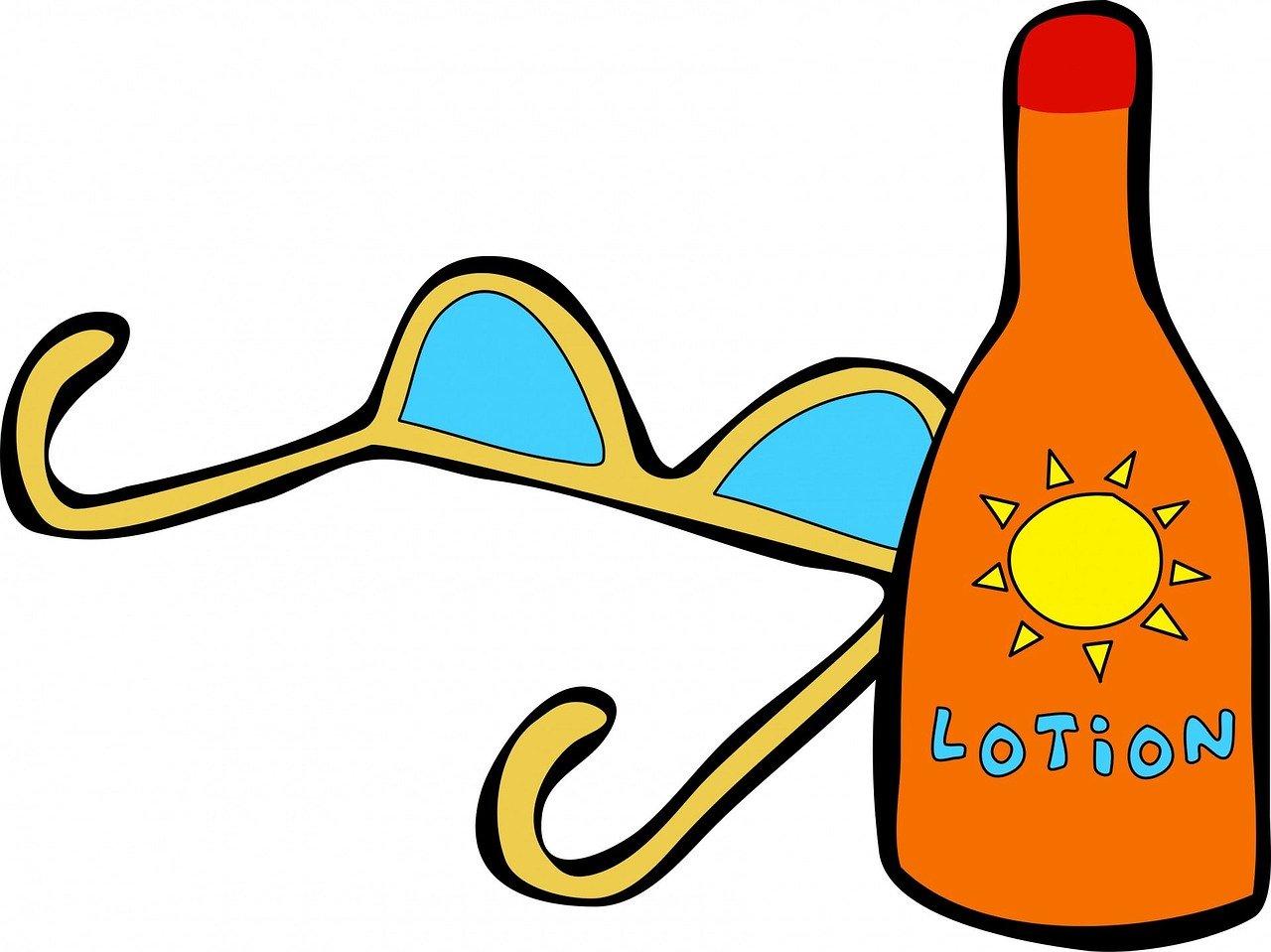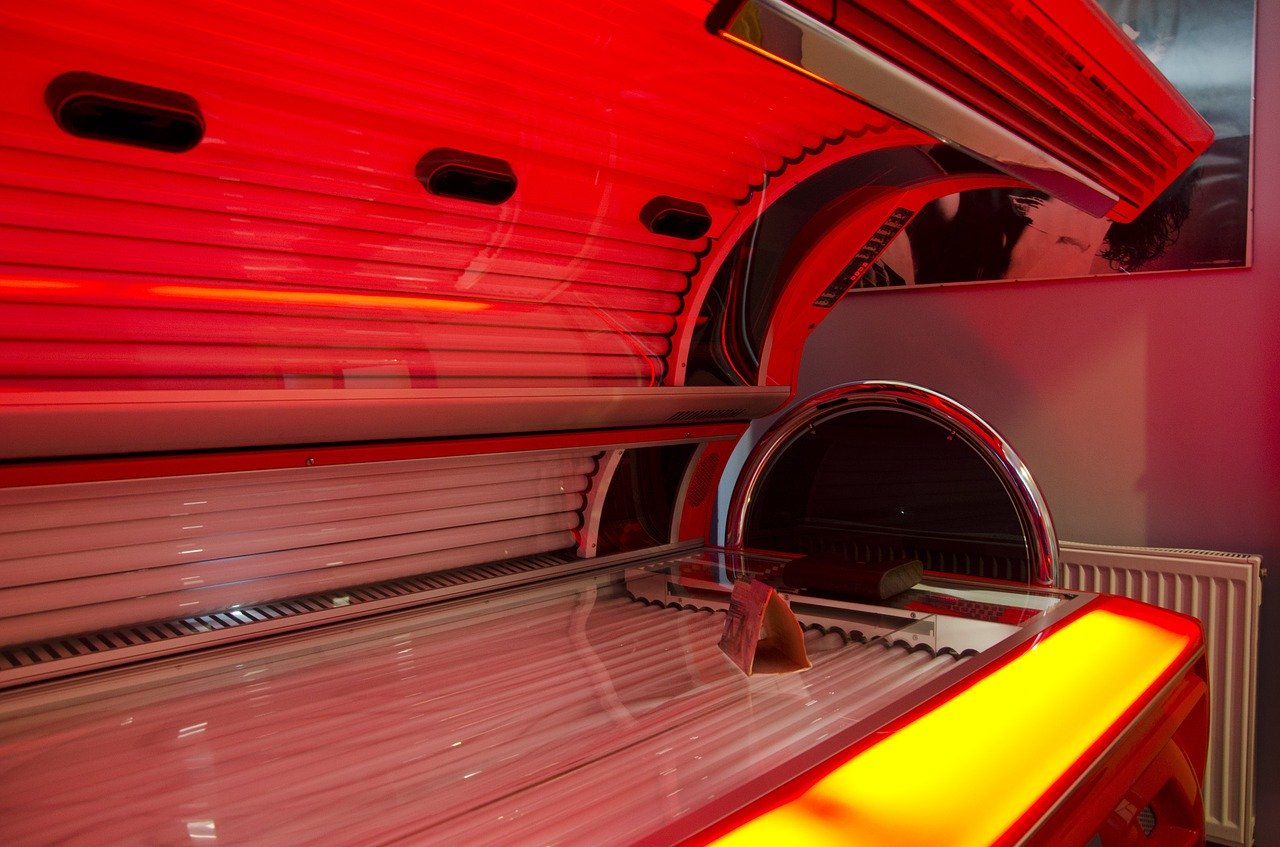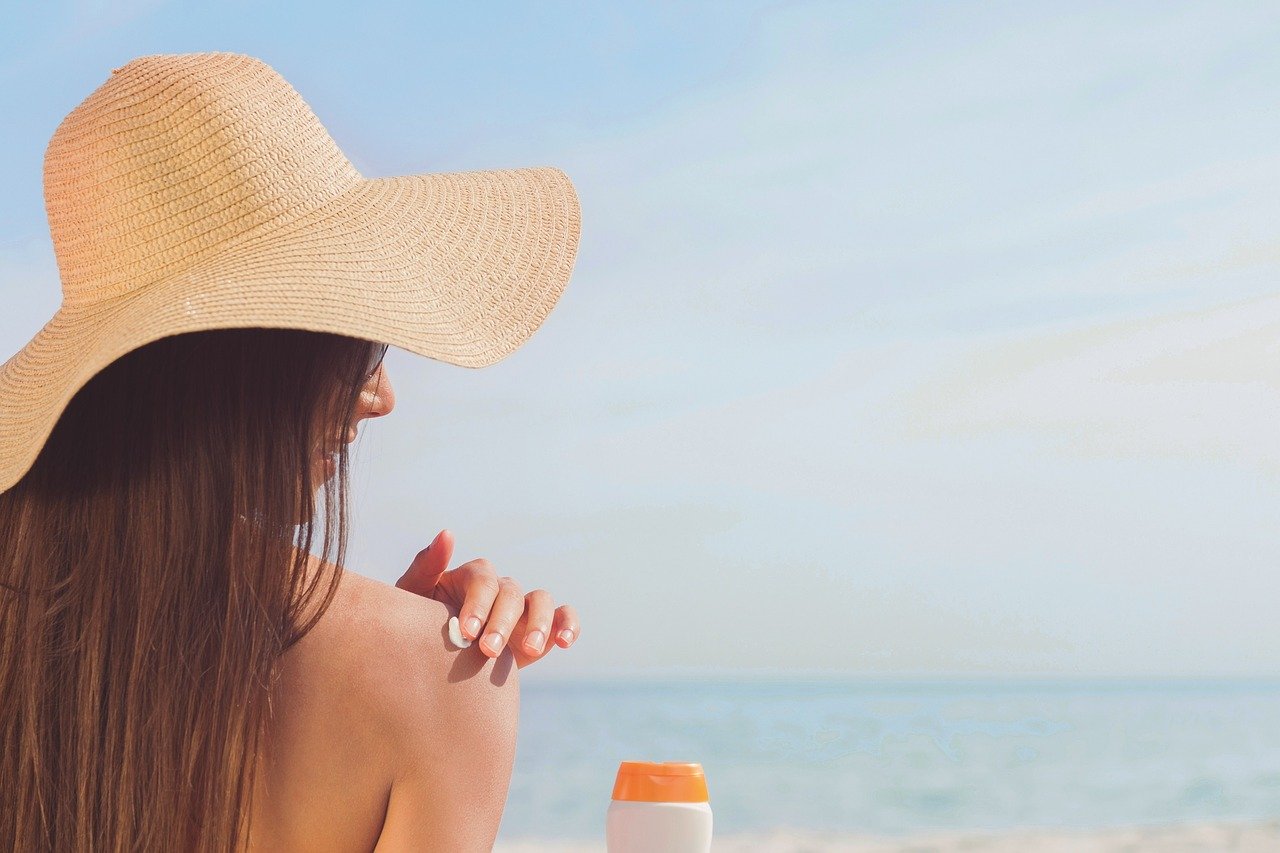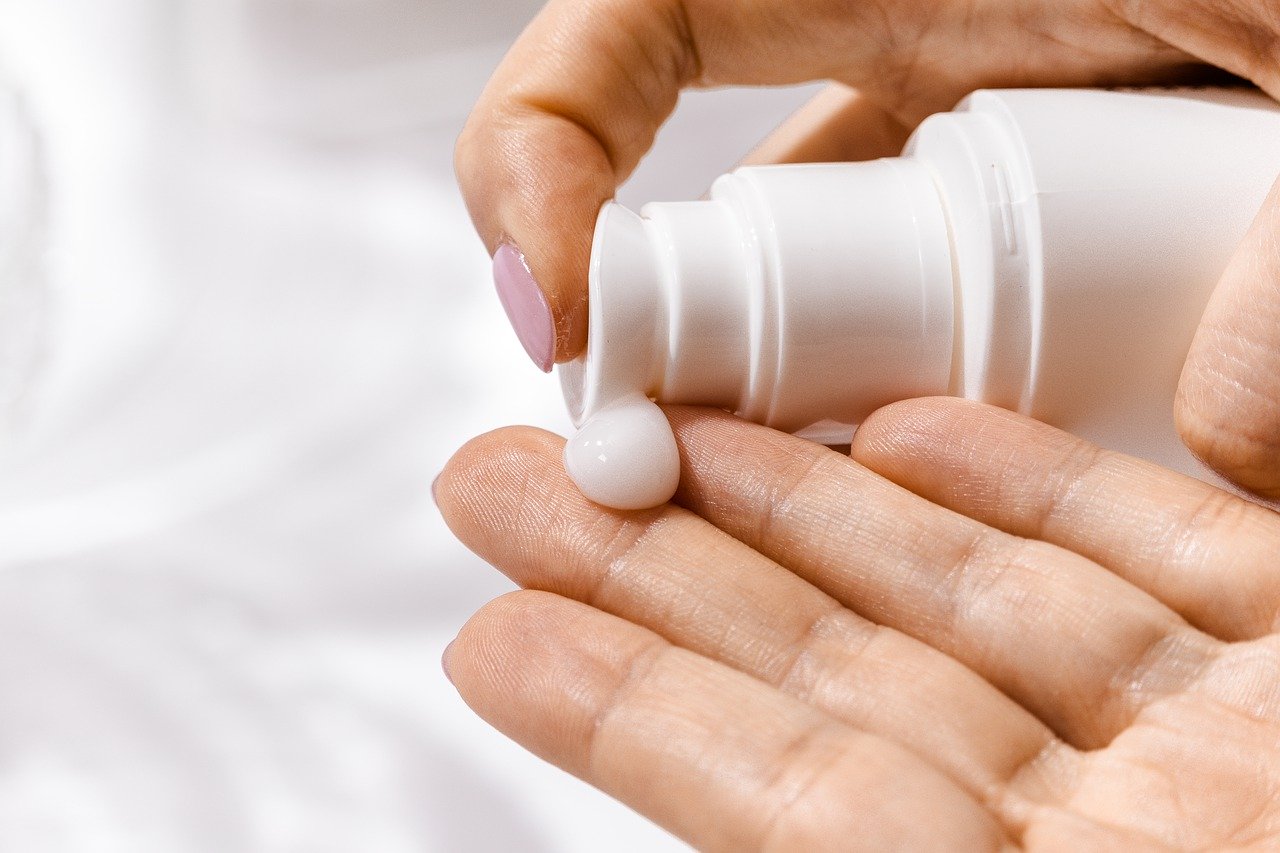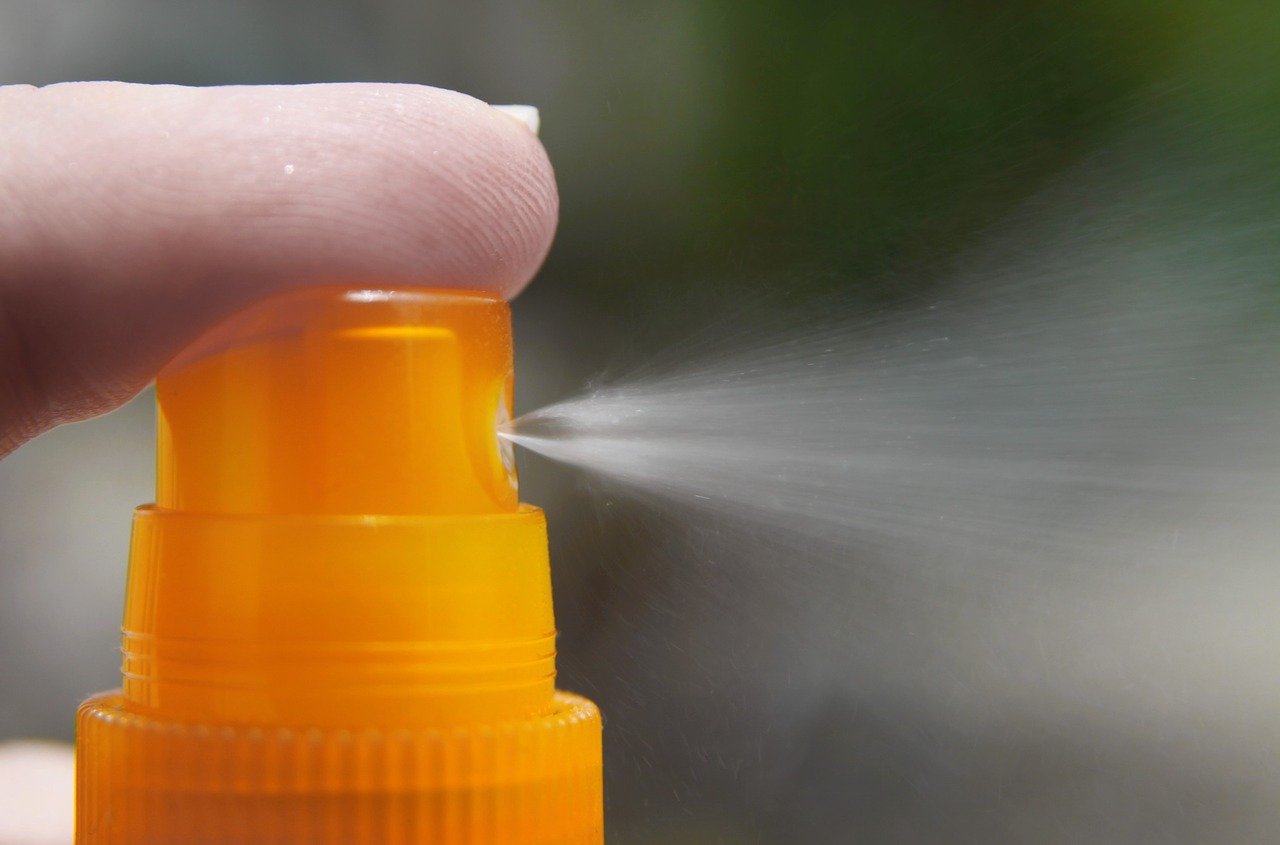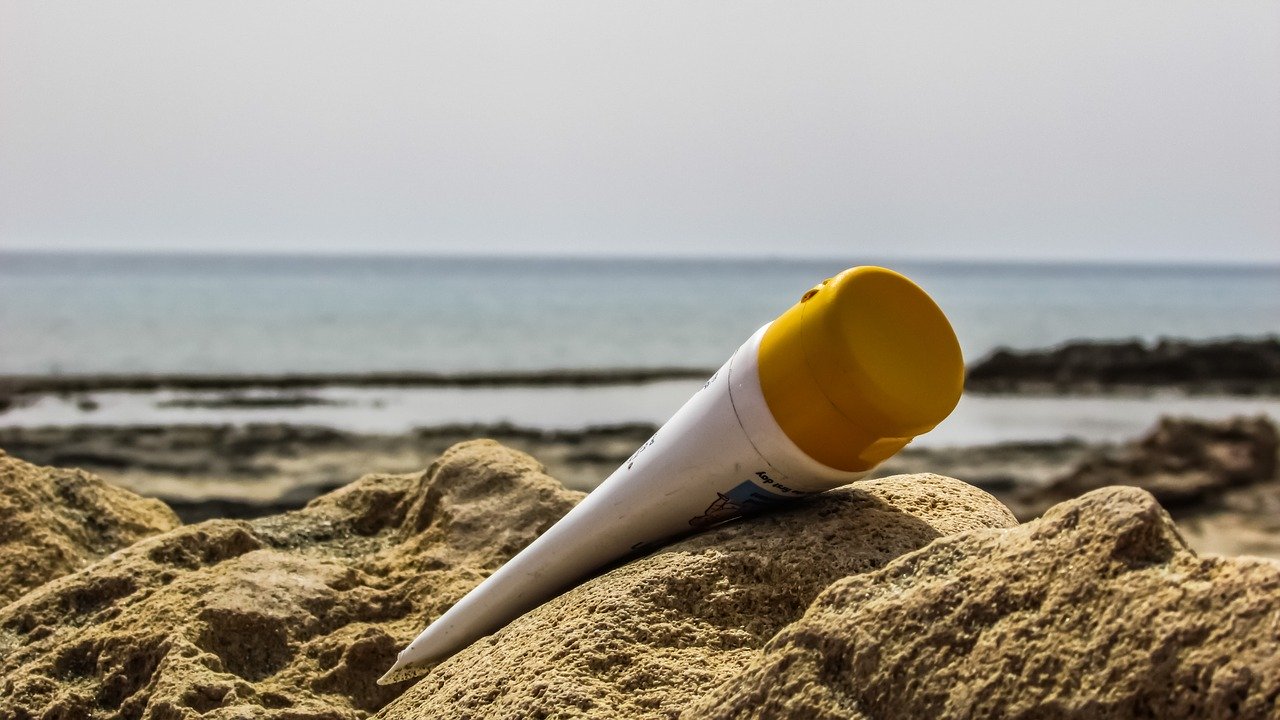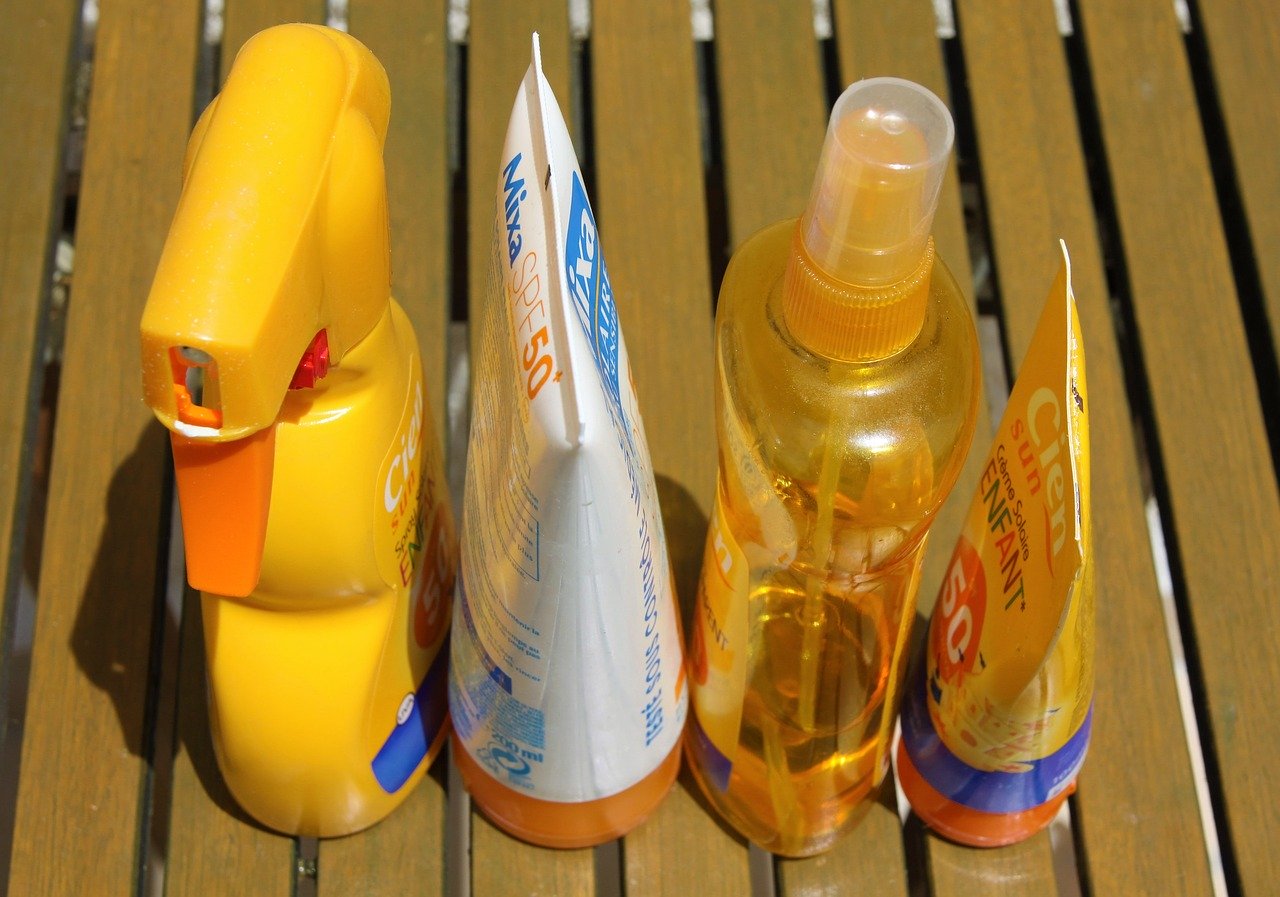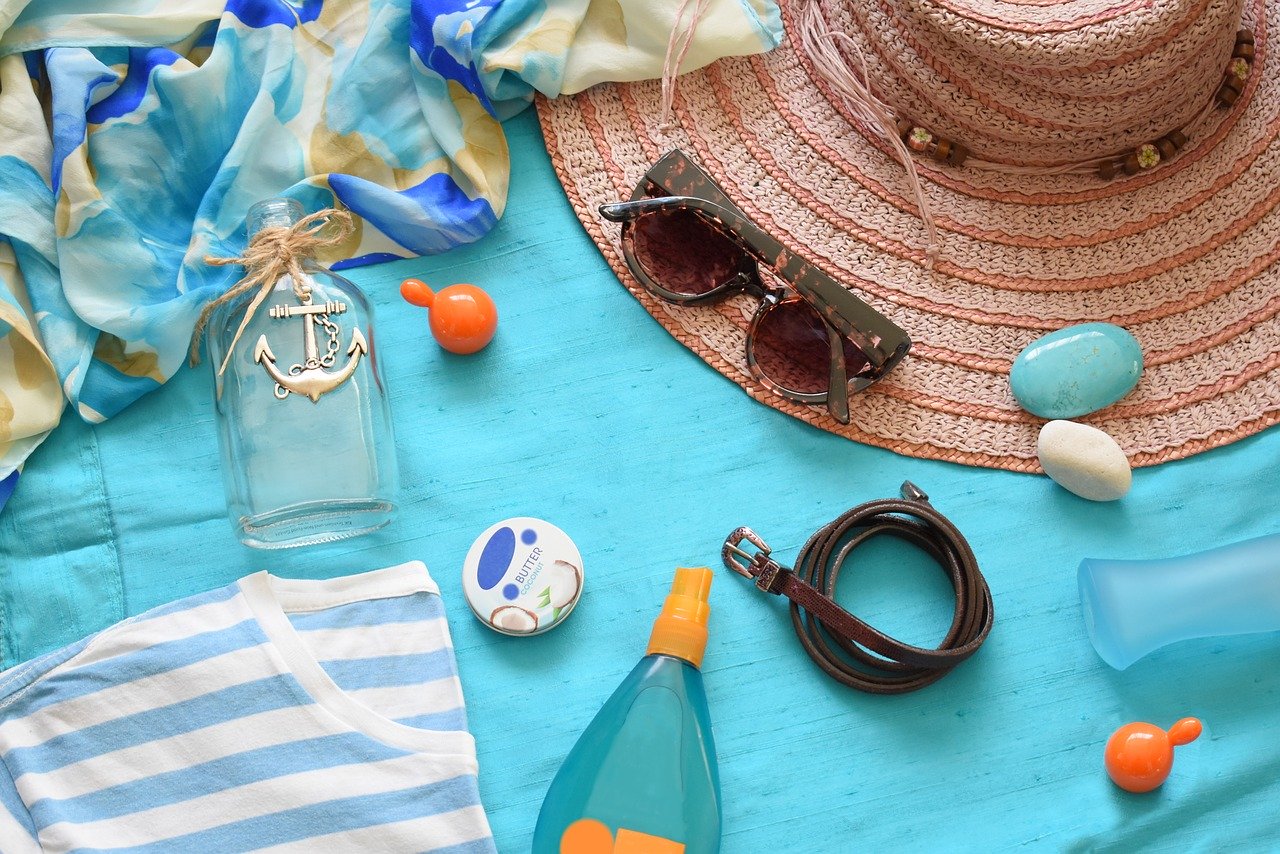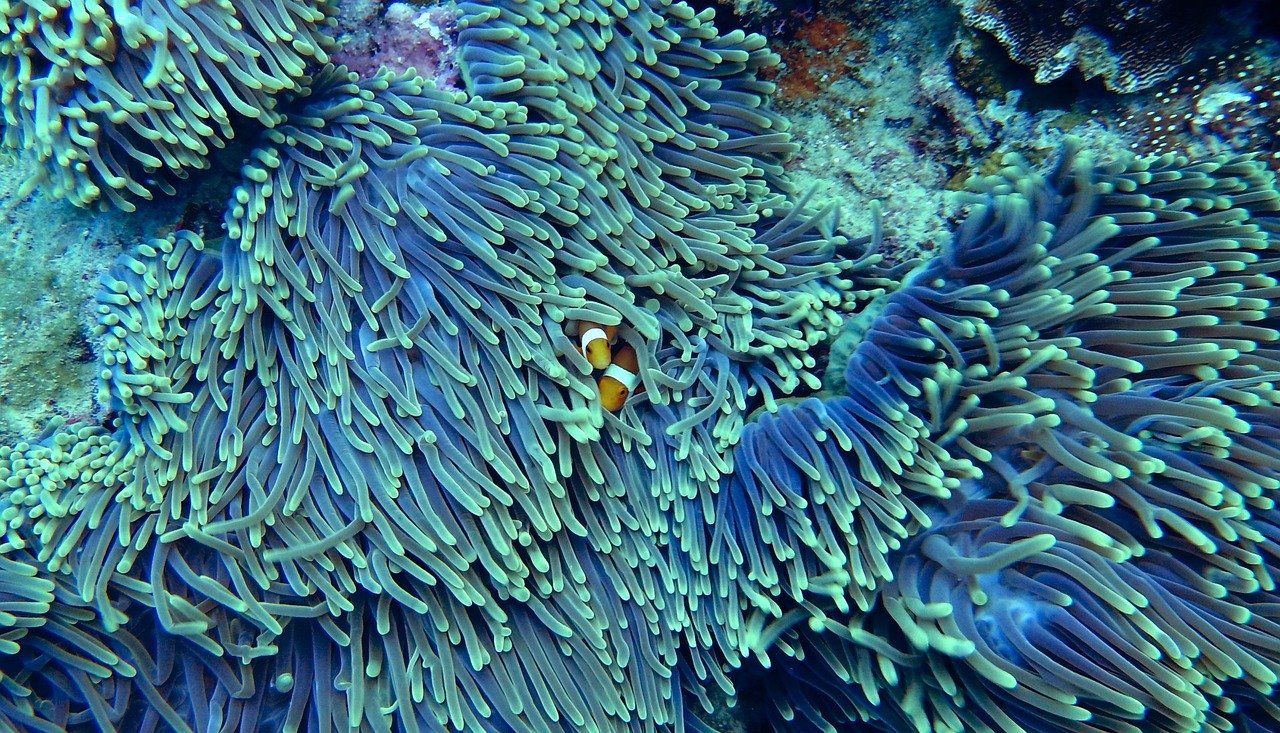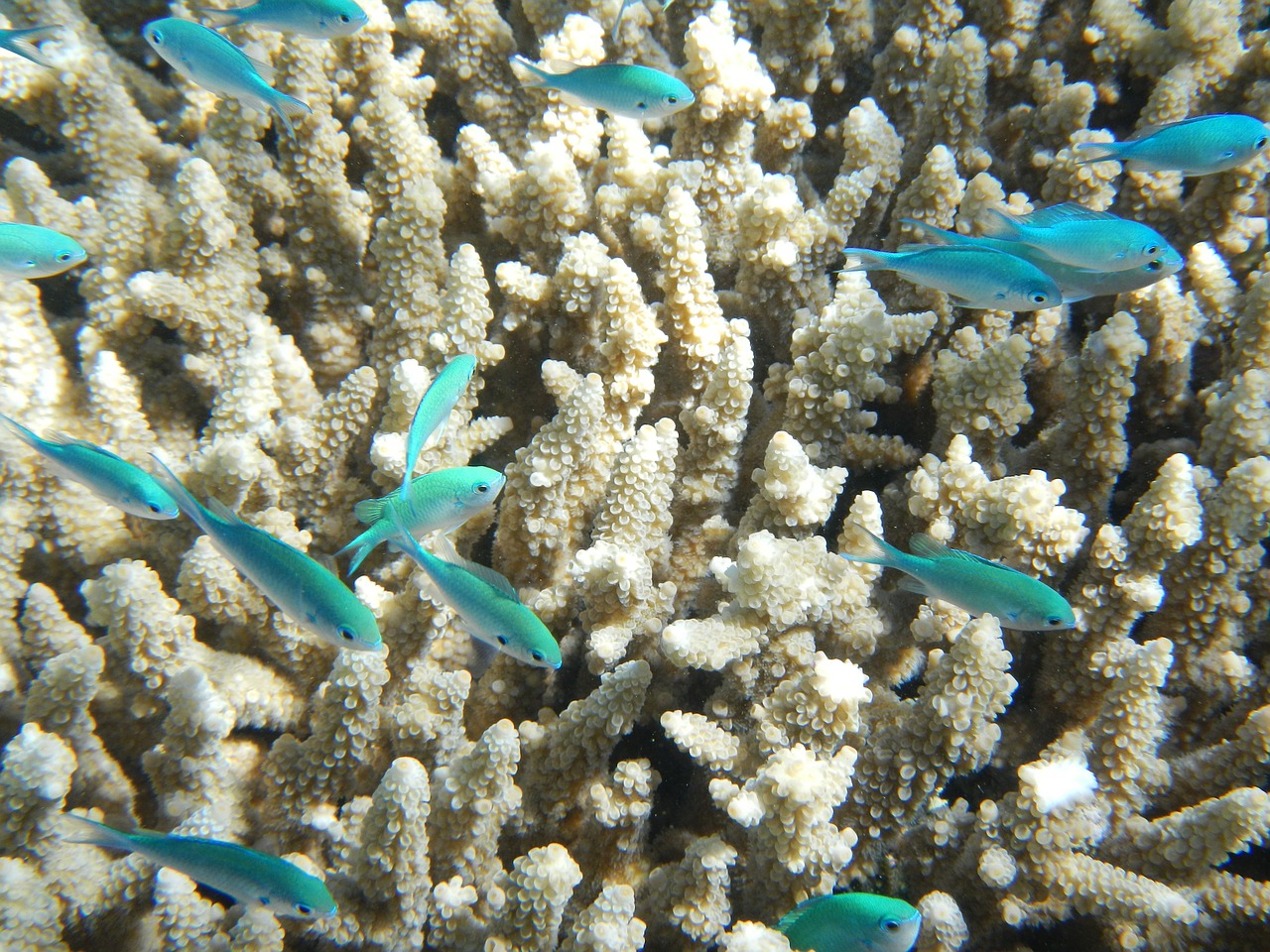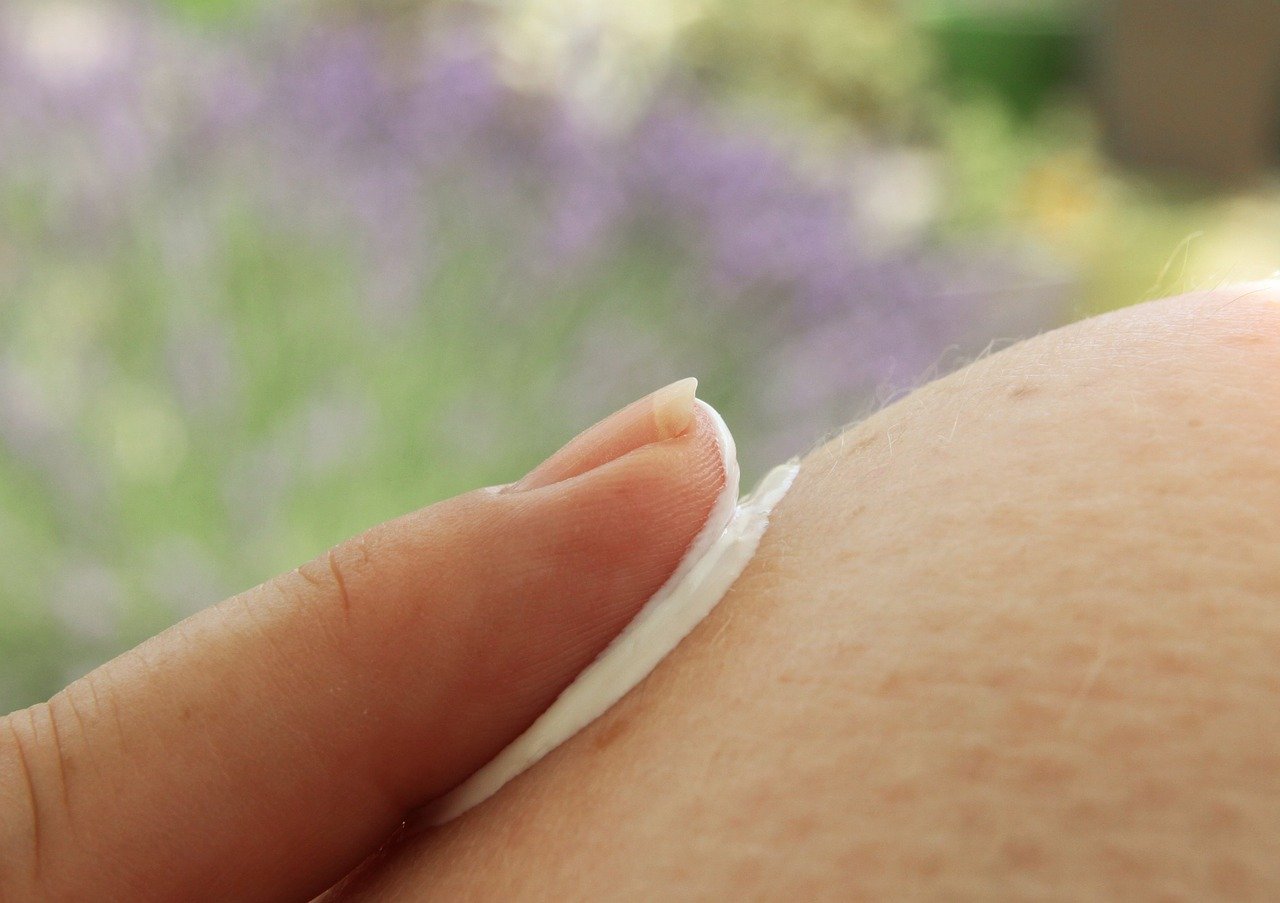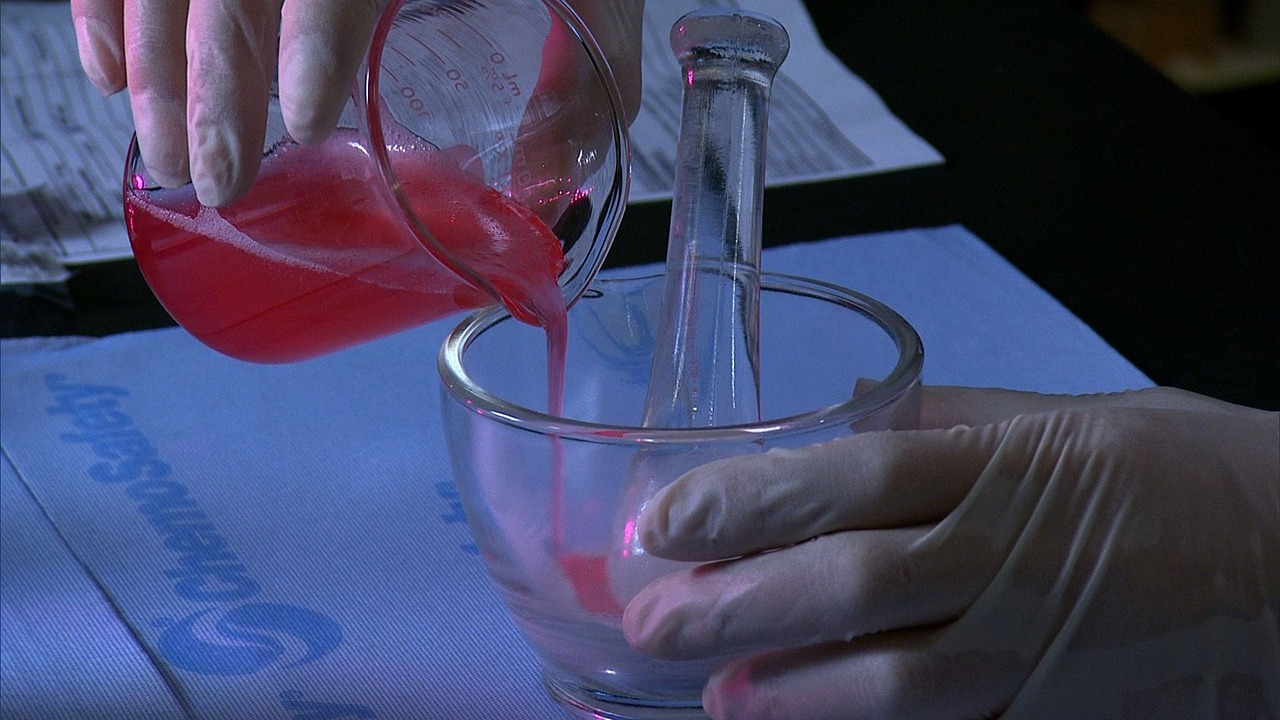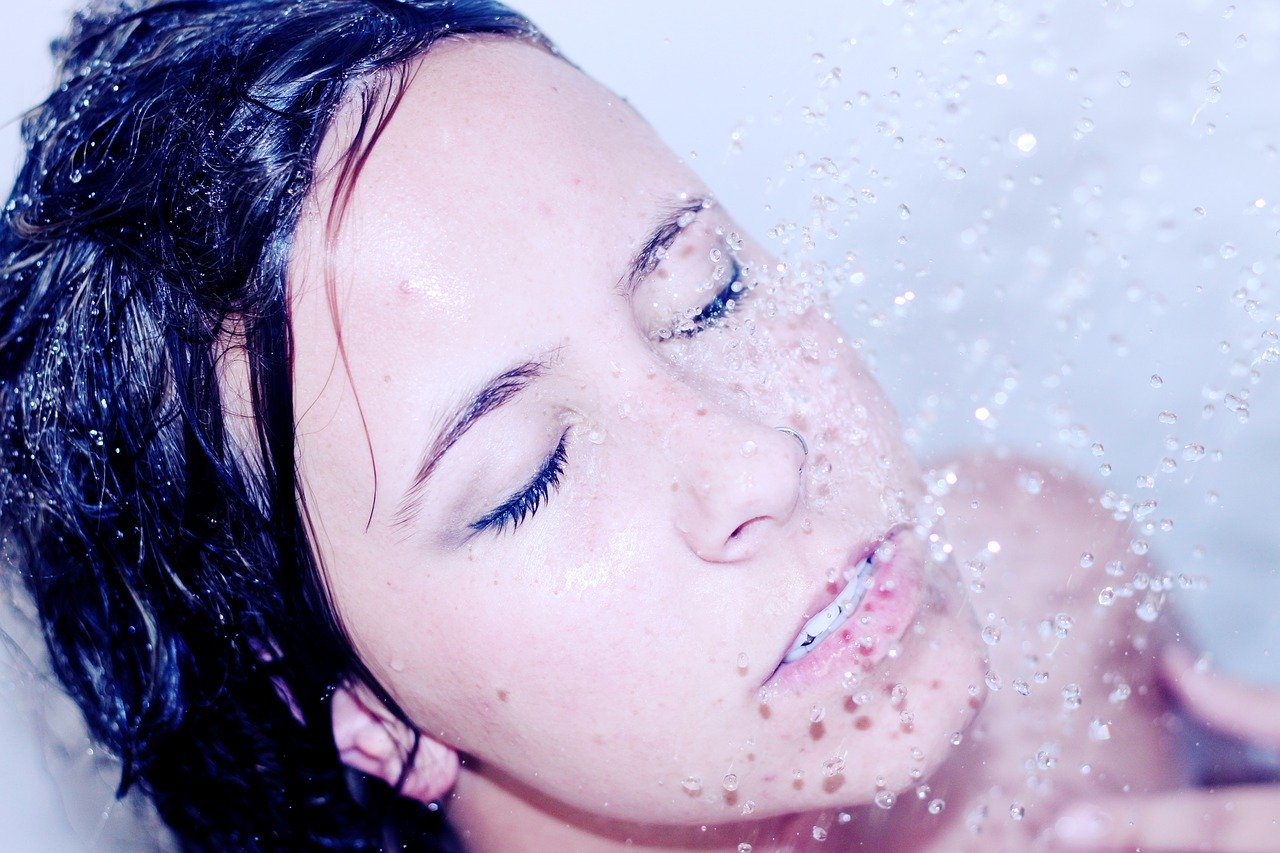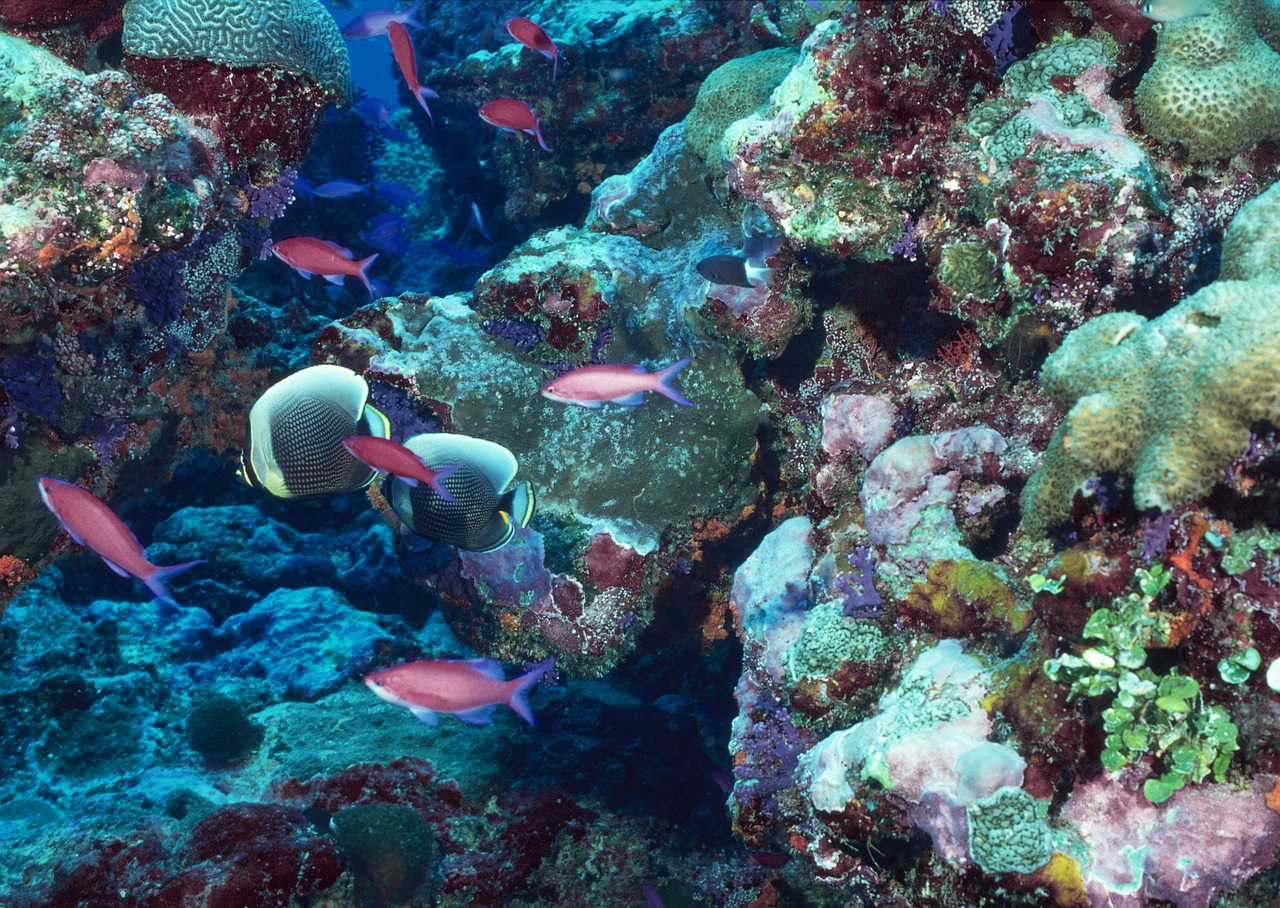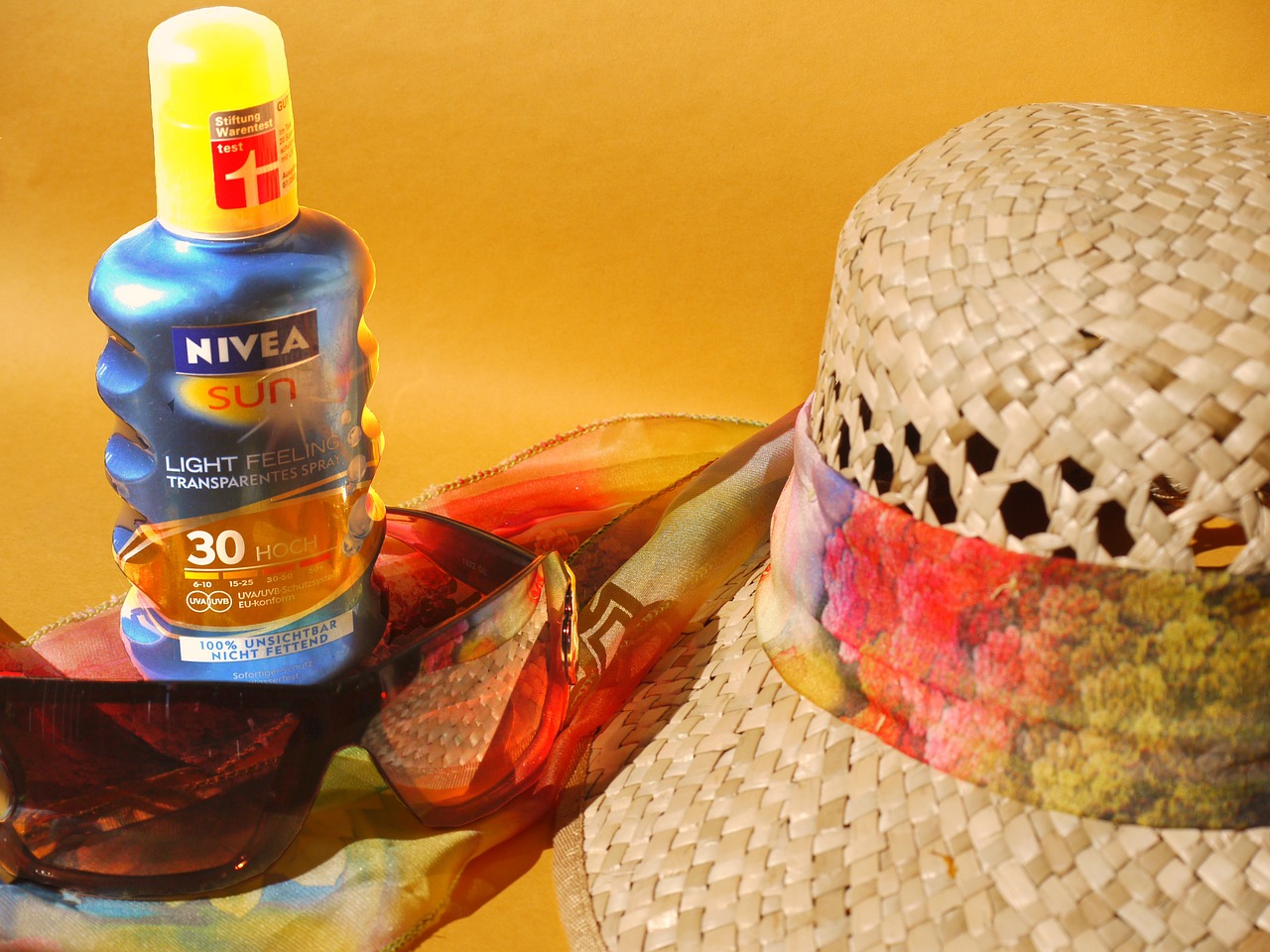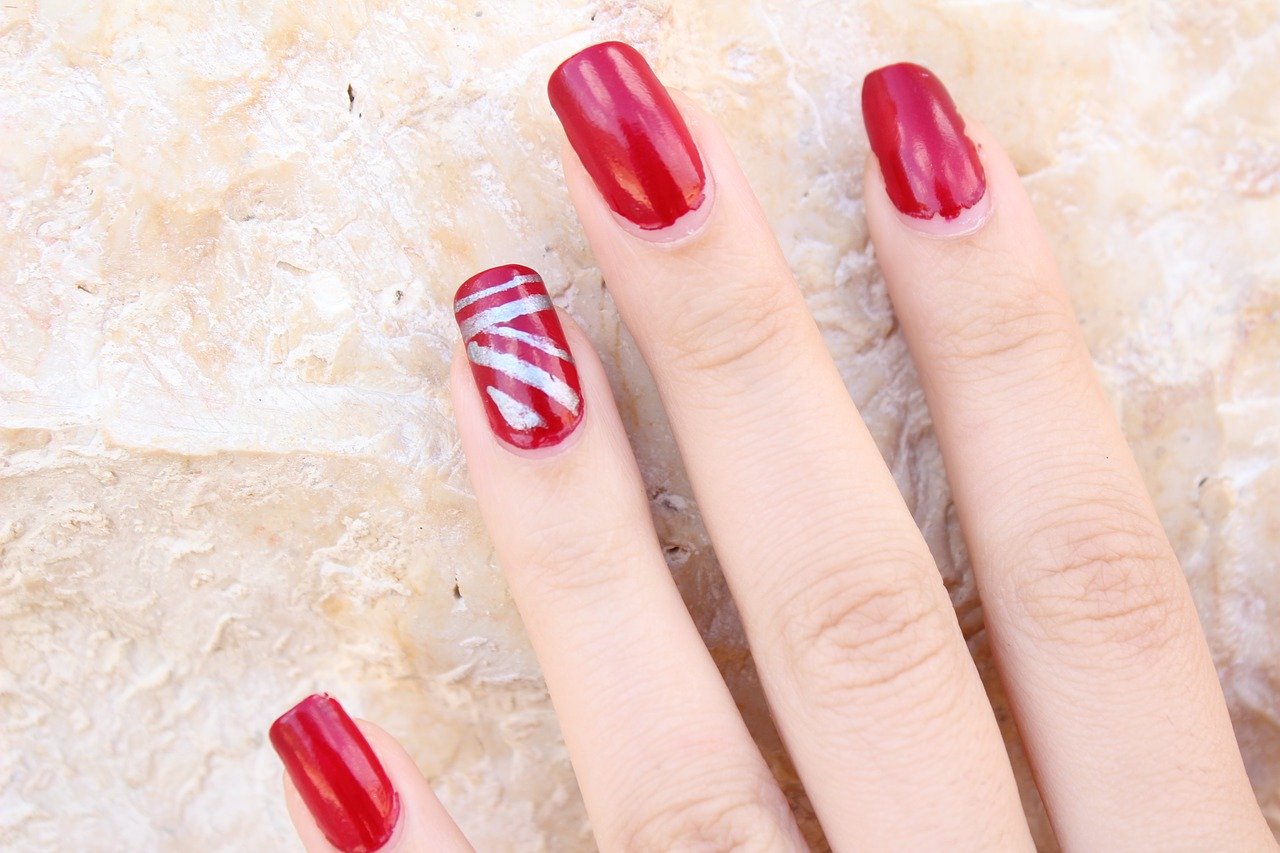In January 2020 researchers from the USA published the results of their study to assess the rate of absorption of six active ingredients (avobenzone, oxybenzone, octocrylene, homosalate, octisalate, and octinoxate) … Read more
A skin cancer prevention campaign, targeting overexposure to ultraviolet radiation, ie sunbed use and sunburn, saves the health service twice as much as the campaign costs
In November 2019 researchers from Denmark published their assessment of the financial savings to society as a result of the Danish Sun Safety Campaign which targeted overexposure to ultraviolet radiation, … Read more
Sunscreens prevent sunburn but at the same time allow statistically significant increases in vitamin D levels, with the increase in vitamin D being higher with the use of high UVA protection sunscreens than low UVA protection sunscreens
In May 2019 researchers from the UK, Poland and Denmark published the results of their study to assess the impact of sunscreens on vitamin D levels. Sunlight contains both UVA … Read more
Whilst acknowledging the environmental impact of sunscreens, dermatologists have a duty to continue emphasizing the public health impact of excessive sun exposure and give advice about appropriate protection from the sun, including applying appropriate sunscreens
In January 2019 researchers from the USA published their review on the environmental effects of oxybenzone and other sunscreen active ingredients. The use of sunscreens has increased in line with … Read more
Oxybenzone
Oxybenzone is known by many names including (2-Hydroxy-4-methoxyphenyl)-phenylmethanone, benzophenone-3, and 2-Hydroxy-4-methoxybenzophenone. It may be found in sunscreens, facial moisturizers, lip balm, lipstick, anti-aging creams, hair conditioners, hair spray, nail polish … Read more
Octocrylene
Octocrylene is known by many names including 2-Ethylhexyl 2-cyano-3,3-diphenyl-2-propenoate, 2-Ethylhexyl 2-cyano-3,3-diphenylacrylate, UV Absorber-3, 2-Propenoic acid,2-cyano-3,3-diphenyl-,2-ethylhexyl ester and octocrilene and is found in many cosmetic products including sunscreen, lip balm, face … Read more
Octinoxate
Octinoxate is known by many names including octyl methoxycinnamate, ethylhexylmethoxy cinnamate, escalol, neo heliopan, etc and is found in many skin and cosmetic products, including makeup foundation, hair dye, shampoo, … Read more
Although there is a gradual accumulation of octinoxate and octocrylene in coral, other ingredients in sunscreen products appear to increase the degree and rate of absorption and exacerbate the toxicity of sunscreen products
In February 2019 researchers from Hong Kong, China and Taiwan published the results of their study to assess the effect of 7-day exposures to two of the organic ultraviolet filters … Read more
Will the protection of coral reefs result in an increase in human skin cancers?
In February 2019 researchers from the USA published their review of the reasons why Hawaii have recently banned two major ingredients, oxybenzone and octinoxate, found in the majority of commonly … Read more
Examine all available evidence before making decisions on sunscreen ingredient bans
In July 2019 researchers from the USA published their scientific article on coral bleaching. They stated that coral bleaching is a worldwide problem and more needs to be done to … Read more
Oxybenzone, found in sunscreens, may be associated with contact and photocontact allergy reactions and Hirschsprung’s disease, as well as producing a variety of toxic reactions in coral and fish ranging from reef bleaching to mortality
In February 2018 researchers from from the USA published their review on the chemical oxybenzone (also known as Benzophenone-3) which is an emerging human and environmental contaminant used in sunscreens … Read more
An analysis of Pininterest reveals that over 68% of the recommended recipes for homemade sunscreens offer insufficient ultraviolet radiation protection
In May 2019 researchers from the USA published the results of their study to assess homemade sunscreens on social media, specifically Pinterest, which has over 175 million users. Recent interest … Read more
Using a cleansing oil appears to be the most effective method of removing either a non-waterproof or a waterproof sunscreen from the body
In June 2019 researchers from China assessed different cleaning methods for removing sunscreen. A total of 20 individuals were included in the study. Each individual applied either a non-waterproof sunscreen … Read more
Sunscreen products are a significant source of metals and inorganic nutrients in coastal waters and are having a serious effect on marine ecology which must not be ignored
In August 2019 researchers from Spain published the results of their study to assess the release rate of dissolved trace metals (aluminium, cadmium, copper, cobalt, manganese, molybdenum, nickel, lead and … Read more
Use of several personal care products appear to increase blood glucose levels in the late second trimester of pregnancy which may increase the risk of gestational diabetes
In August 2019 researchers from the USA published the results of their study to assess the association between the use of personal care products during pregnancy and late pregnancy glucose … Read more
Sunscreen use for daily and recreational photoprotection does not appear to compromise vitamin D levels, even when applied under optimal conditions
In May 2019 researchers from France, Belgium, USA, Brazil, Germany, Australia, Senegal and the UK published their review of the medical scientific literature to assess the association between vitamin D … Read more
Men’s cologne/aftershave, deodorant, suntan/sunblock lotion and hand/body lotion are associated with a high increase in the urinary levels of monoethyl phthalate and parabens
In August 2017 researchers from the USA and Denmark published the results of their study to assess the association between personal care product use and levels of phthalates and parabens … Read more
Researchers call for individuals to apply sunscreen or use nitrile examination gloves when undergoing a gel manicure to prevent photoaging and skin cancer
In March 2018 researchers from the USA published their review highlighting the dangers of gel manicures. They stated that the specially formulated nail polish used during a gel manicure must … Read more
Frequent usage of face lotion during pregnancy and breastfeeding may be associated with an increased risk of testicular germ cell tumours in their sons
In July 2018 researchers from the USA published the results of their study to assess the association between personal care product usage during pregnancy and breastfeeding with the risk of … Read more
A double application of sunscreen is recommended, especially before intense sun exposure
In March 2018 researchers from Denmark published the results of their study to assess whether a double application of sunscreen reduced the amount of skin missed following a single application. … Read more

